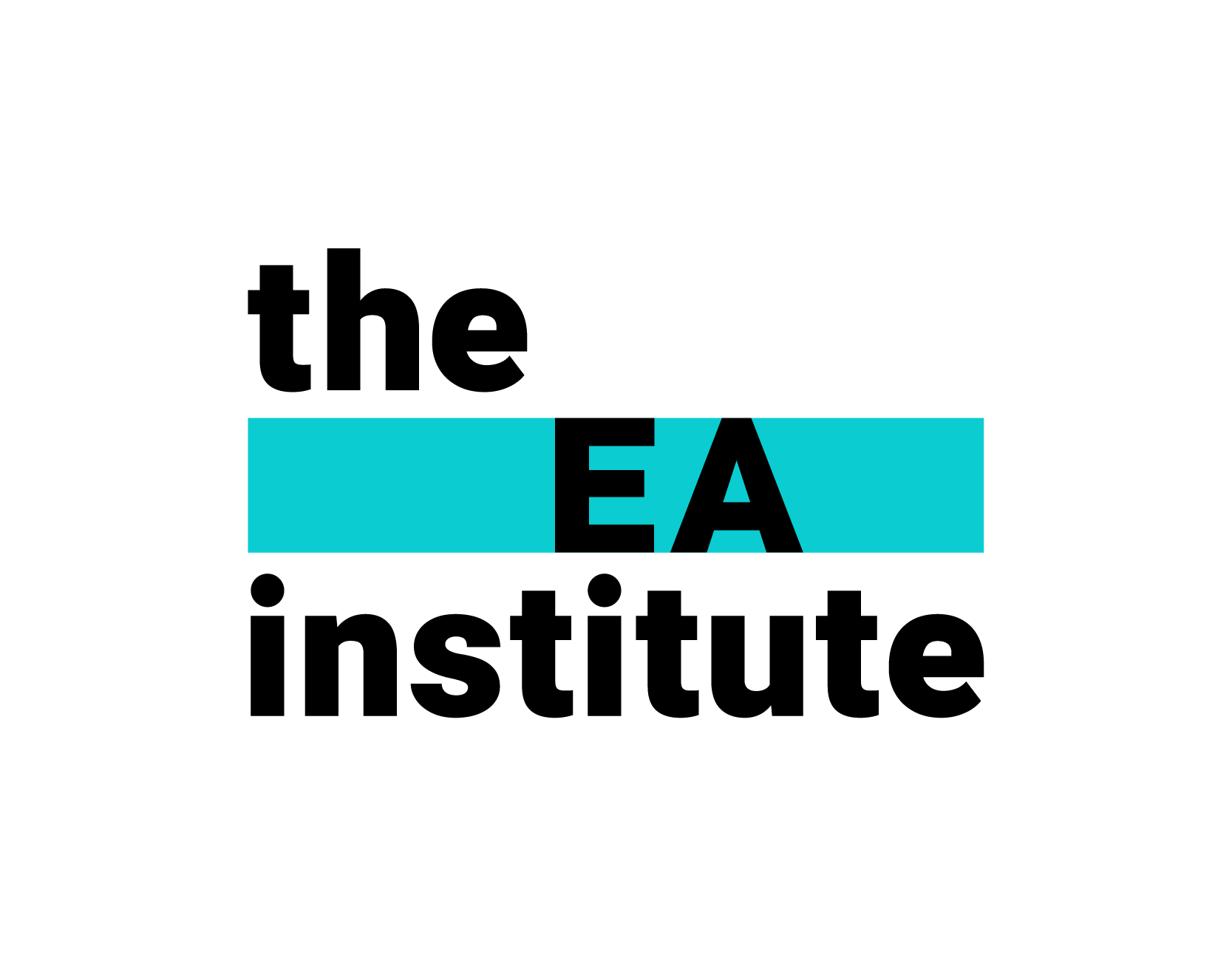Why Investing in Executive Assistant Training Is Smart Business
By Amanda Vinci
Here’s something that continues to surprise me in my work with organisations and leaders: most leaders are drastically underutilising one of their most valuable resources – their Executive Assistant.
The Outdated Perception Problem
When I speak with leaders about their EA’s role, I often hear descriptions that could have been written 10 years ago:
➜ “They keep my calendar and make sure I’m where I need to be”
➜”They handle my emails and correspondence”
➜”They organise my travel and manage expenses”
➜”They take notes in meetings and help with basic admin”
These are certainly important functions. But if this is all you’re getting from your EA relationship, you’re missing out on tremendous value.
The Capability Gap Most Leaders Don’t See
The truth is that the EA role has evolved dramatically, but awareness of this evolution hasn’t kept pace. Today’s skilled EAs have capabilities that extend far beyond administrative tasks:
Business Acumen: Many EAs have deep understanding of business operations, market dynamics, and strategic priorities
Strategic Thinking: They can connect dots across initiatives and identify implications that others miss
Relationship Management: They navigate complex stakeholder networks and understand organisational politics
Decision Support: They can analyse information, identify patterns, and provide insights that enhance executive decision-making
Yet these capabilities often remain untapped because executives don’t know to look for them or create space for them to flourish.

The Cost of the Awareness Gap
This disconnect creates a lose-lose situation:
For executives, it means operating without a potential strategic partner who could significantly extend your leadership capacity.
For EAs, it means underutilising skills and capabilities they’ve developed, leading to frustration and often turnover.
For organisations, it means missed opportunities for greater efficiency, better decision-making, and more effective leadership.
Real Examples of Untapped Potential
I recently worked with an EA who had developed a comprehensive analysis of her executive’s time allocation that revealed he was spending 40% of his time on low-value activities. When she finally felt comfortable presenting this analysis, it led to a complete restructuring of his role that freed up two full days per week for strategic priorities.
Another EA I know was quietly tracking customer feedback trends because she managed her executive’s inbox. She identified an emerging issue that eventually became a major product improvement – but only after months of trying to find the right opportunity to share her insights.
In both cases, these EAs had the capabilities all along, but their executives didn’t recognise or create space for these contributions.
Unlocking the Hidden Potential
If you’re an executive wondering if your EA might have untapped strategic potential, here are some indicators to look for:
➜ They ask questions about the “why” behind tasks and decisions
➜ They anticipate needs before you express them
➜ They’ve developed relationships across the organisation
➜ They show interest in understanding the business beyond their immediate responsibilities
➜ They find ways to improve processes and systems without being asked
➜ These are often signs of an EA who has developed strategic capabilities but may not have the opportunity to fully utilise them.
Creating Space for Strategic Partnership
To tap into this potential:
- Start with a conversation – Ask your EA about their understanding of the business and where they see opportunities to contribute beyond administrative support
- Share more context – Begin including the strategic “why” behind your priorities and decisions
- Invite their perspective – Ask “what do you think about this?” on business matters and create psychological safety for honest responses
- Test with small opportunities – Delegate small strategic tasks and see how they approach them
- Provide feedback and development – Help them understand how their contributions connect to business outcomes
The Competitive Advantage You’re Missing
Organisations where leaders recognise and leverage their EA’s strategic capabilities gain significant advantages:
➜ More effective executive bandwidth allocation
➜ Better informed decision-making
➜ Stronger cross-functional coordination
➜ More consistent strategic implementation
➜ Greater leadership resilience during crises
Let me tell you, this hidden advantage can make a meaningful difference in organisational performance.
Changing Your Perspective
The first step is simply recognising that your EA may have capabilities far beyond what you’ve assumed. The role has evolved dramatically over the past decade, but many executives still operate with outdated expectations. By updating your understanding of what’s possible in this partnership, you open the door to discovering strategic value you might never have known was there.
What untapped potential might your EA be ready to contribute? Enquire below to find out how we can help you and your assistant reach the next level of your partnership.
Related Articles






